Home>Furniture & Design>Outdoor Furniture>How Often To Water Outdoor Fern
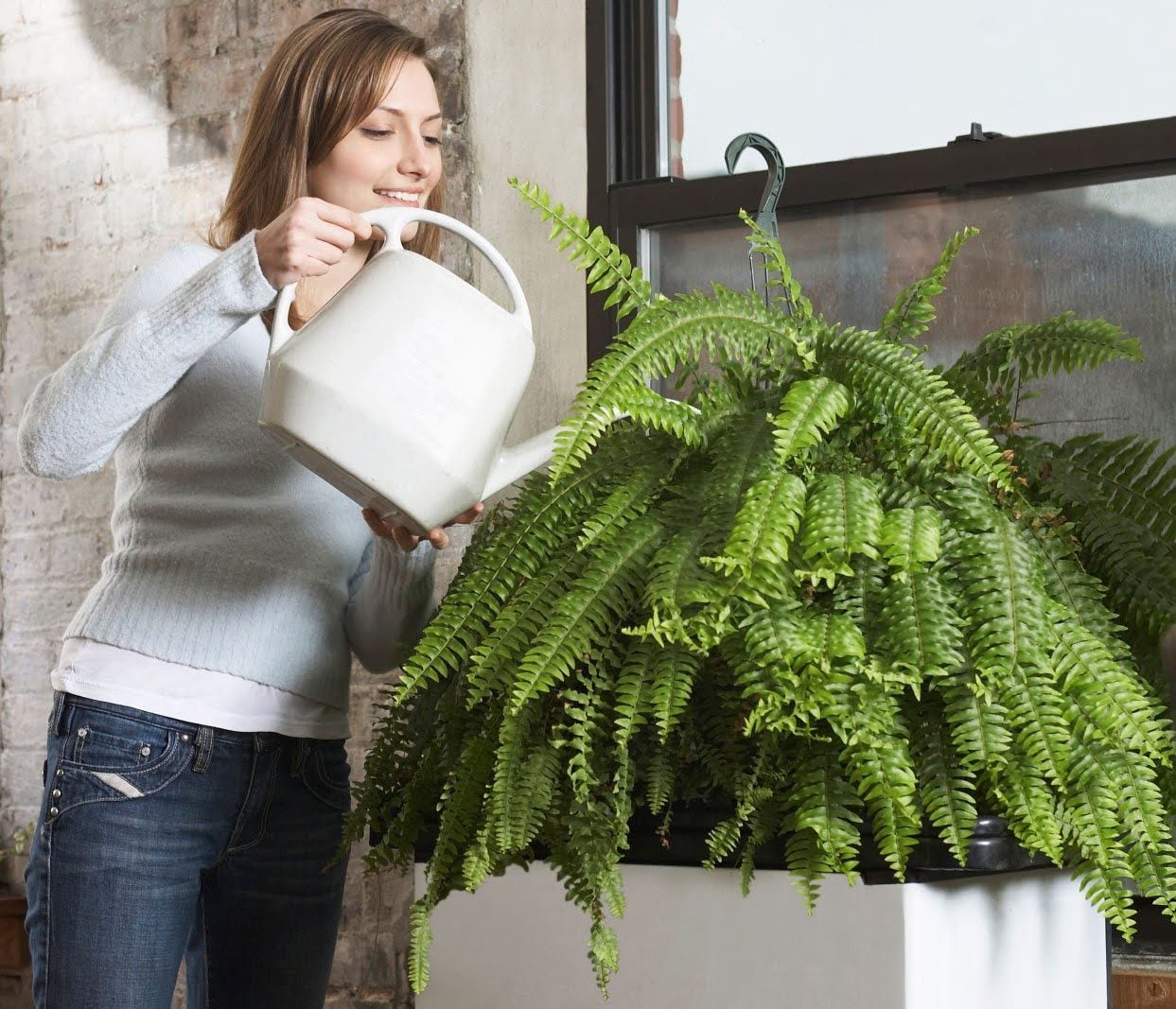

Outdoor Furniture
How Often To Water Outdoor Fern
Modified: January 15, 2024
Discover the best watering schedule for your outdoor fern to keep it healthy and thriving. Learn expert tips for maintaining your outdoor furniture and design.
(Many of the links in this article redirect to a specific reviewed product. Your purchase of these products through affiliate links helps to generate commission for Storables.com, at no extra cost. Learn more)
Introduction
Welcome to the lush world of outdoor ferns, where verdant fronds sway in the breeze, creating an enchanting oasis in your garden or patio. As you embrace the beauty of these timeless plants, it's essential to understand the crucial role of watering in their care regimen. Proper watering is the lifeblood of outdoor ferns, ensuring their vitality and vibrancy.
In this comprehensive guide, we will delve into the art of watering outdoor ferns, unraveling the intricacies of this fundamental aspect of fern care. From deciphering the factors influencing watering frequency to identifying the telltale signs of underwatering and overwatering, we will equip you with the knowledge needed to nurture your outdoor ferns to perfection.
So, grab your watering can and join us on a journey through the captivating realm of outdoor fern care, where every drop of water contributes to the flourishing beauty of these timeless botanical treasures.
Key Takeaways:
- Outdoor ferns need consistent watering, but the frequency depends on factors like climate, soil, and sunlight exposure. Watch for signs of underwatering, like wilting fronds and dry soil, to keep your ferns healthy.
- Overwatering can harm outdoor ferns, leading to yellowing fronds and root rot. Follow best practices like watering from the base and adjusting to seasonal changes to maintain a balanced moisture level for your ferns.
Read more: How To Trim Outdoor Ferns
Factors Affecting Watering Frequency
Understanding the factors that influence the watering frequency of outdoor ferns is pivotal in ensuring their optimal health. Several key elements play a significant role in determining how often your ferns should be watered:
- Climate: The prevailing climate in your region is a primary determinant of watering frequency. In hot and arid climates, outdoor ferns may require more frequent watering to combat the rapid evaporation of moisture. Conversely, in cooler and more humid environments, the watering intervals may be more spaced out.
- Seasonal Variations: The changing seasons exert a profound impact on the watering needs of outdoor ferns. During the sweltering heat of summer, increased watering may be necessary to shield the ferns from dehydration. In contrast, the dormant winter period may necessitate reduced watering to accommodate the plant’s slowed growth and limited water uptake.
- Soil Composition: The composition of the soil in which the ferns are planted significantly affects their watering requirements. Well-draining soil facilitates proper aeration and moisture distribution, reducing the risk of waterlogged roots. Conversely, dense or clayey soils may impede drainage, necessitating a more cautious approach to watering.
- Exposure to Sunlight: The amount of sunlight that your outdoor ferns receive directly impacts their water needs. Ferns situated in sun-drenched locations may experience accelerated moisture loss, prompting a more frequent watering schedule. Conversely, those nestled in shaded areas may require less frequent watering due to reduced evaporation rates.
- Container vs. Ground Planting: The method of planting, whether in containers or directly in the ground, influences the watering frequency. Container-grown ferns typically necessitate more frequent watering due to the limited soil volume and increased exposure to environmental elements. In contrast, ferns planted in the ground benefit from the soil’s natural moisture retention properties, often requiring less frequent watering.
By considering these pivotal factors, you can tailor your watering regimen to suit the specific needs of your outdoor ferns, fostering an environment that promotes their flourishing growth and resilience.
Signs of Underwatering
Recognizing the signs of underwatering is crucial in safeguarding the health and vitality of your outdoor ferns. When these resilient botanical gems are deprived of adequate moisture, they exhibit distinct indicators that signal their distress. By familiarizing yourself with these telltale signs, you can promptly intervene and provide the necessary hydration to rejuvenate your ferns.
Here are the key signs that your outdoor ferns may be experiencing inadequate watering:
- Wilting Fronds: One of the most evident signs of underwatering is the wilting of the fern’s fronds. When deprived of sufficient moisture, the fronds lose their turgidity and may appear limp or droopy, signaling the plant’s distress.
- Browning and Crisping of Frond Tips: Insufficient water uptake can lead to the browning and crisping of the tips of the fern’s fronds. This visual cue indicates the plant’s struggle to maintain proper hydration levels, resulting in the desiccation of the frond tips.
- Stunted Growth: Underwatered outdoor ferns may exhibit stunted growth as a survival mechanism to conserve energy and moisture. Reduced growth and the absence of new frond development are indicative of the plant’s struggle to cope with water scarcity.
- Dry Soil: Upon inspection, the soil surrounding underwatered ferns may appear dry and parched. In severe cases, the soil may have receded from the edges of the container or planting area, further indicating the lack of adequate moisture.
- Leaf Shedding: In an effort to adapt to water scarcity, outdoor ferns may shed older fronds to redirect resources and conserve moisture. The shedding of healthy fronds is a clear indication of the plant’s water stress and the need for immediate attention.
By remaining vigilant and attuned to these signs, you can promptly address any instances of underwatering, providing your outdoor ferns with the rejuvenating moisture they require to thrive. Through attentive care and timely intervention, you can ensure that your ferns continue to grace your outdoor spaces with their timeless elegance and lush greenery.
Signs of Overwatering
While adequate hydration is vital for the well-being of outdoor ferns, overwatering can pose a significant threat to their health, leading to a cascade of detrimental effects. Identifying the signs of overwatering is essential in preventing waterlogged conditions that can compromise the vigor and longevity of your cherished ferns. By recognizing these telltale indicators, you can take proactive measures to rectify the situation and restore a harmonious moisture balance for your outdoor ferns.
Here are the key signs that your outdoor ferns may be experiencing overwatering:
- Yellowing and Drooping Fronds: Overwatered ferns often display yellowing or drooping fronds, signaling the plant’s struggle to cope with excessive moisture. The fronds may appear lackluster and may droop noticeably, conveying the plant’s distress.
- Mold and Fungus Growth: Excessive moisture can create a hospitable environment for mold and fungal growth in the soil and on the fern’s fronds. The presence of mold or fungal colonies is a clear indication of overly saturated conditions that warrant immediate attention.
- Root Rot: Prolonged overwatering can lead to root rot, a severe condition that compromises the plant’s root system. Signs of root rot include a foul odor emanating from the soil, mushy or discolored roots, and a general decline in the plant’s overall health.
- Edema: Overwatered ferns may develop edema, characterized by the formation of blisters or corky bumps on the undersides of the fronds. This physiological response to water stress is a visible indicator of the plant’s struggle to manage excessive moisture levels.
- Algal Growth: The presence of algae on the soil surface or within the planting container signifies excessive and persistent moisture that fosters algal proliferation. Algal growth can impede proper soil aeration and create an unsightly appearance in the plant’s vicinity.
By remaining attentive to these signs, you can swiftly address any instances of overwatering, implementing corrective measures to restore a balanced and conducive moisture environment for your outdoor ferns. Through mindful watering practices and vigilant observation, you can safeguard the health and vitality of your cherished ferns, ensuring that they continue to thrive and embellish your outdoor spaces with their timeless allure.
Water outdoor ferns when the top inch of soil feels dry to the touch. This is usually about once a week, but may vary depending on the weather and soil drainage.
General Guidelines for Watering Outdoor Ferns
Establishing a well-defined watering routine is essential for nurturing the health and vibrancy of your outdoor ferns. By adhering to general guidelines tailored to the specific needs of these botanical marvels, you can ensure that your ferns receive the optimal hydration essential for their flourishing growth. Here are the fundamental principles to guide your watering practices for outdoor ferns:
- Consistency is Key: Maintaining a consistent watering schedule is crucial for outdoor ferns. Aim to water your ferns regularly, ensuring that the soil remains consistently moist but not waterlogged. Consistency in watering helps sustain the plant’s hydration levels and fosters robust growth.
- Observe Soil Moisture: Regularly monitor the moisture levels in the soil surrounding your outdoor ferns. Conduct tactile assessments to gauge the soil’s moisture content, ensuring that it remains adequately hydrated without becoming excessively soggy or desiccated.
- Water Quality: Use high-quality, filtered water to irrigate your outdoor ferns, as they are sensitive to impurities and chemicals present in tap water. If tap water is the only option, allow it to stand for a day to dissipate chlorine and other potentially harmful substances before using it to water your ferns.
- Deep Watering: When watering outdoor ferns, aim to achieve deep penetration of the soil to encourage robust root development. Thorough watering promotes the establishment of a healthy root system, enhancing the plant’s resilience and capacity to absorb moisture efficiently.
- Time of Day: Water your outdoor ferns in the early morning to facilitate optimal moisture uptake and minimize the risk of fungal diseases. Morning watering allows the foliage to dry gradually throughout the day, reducing the likelihood of prolonged dampness that can compromise the plant’s health.
- Adjust to Seasonal Variations: Adapt your watering frequency to align with seasonal changes, recognizing the shifting moisture requirements of outdoor ferns. Increase watering during hot and dry periods, and reduce it during cooler, dormant phases to accommodate the plant’s evolving needs.
- Drainage Considerations: Ensure that the planting containers or soil beds for your outdoor ferns provide adequate drainage to prevent waterlogging. Well-draining soil and containers with drainage holes facilitate proper aeration and prevent the accumulation of excess moisture, safeguarding the plant’s root health.
By embracing these general guidelines, you can cultivate a nurturing watering regimen that sustains the vitality and exuberance of your outdoor ferns. Through attentive care and a mindful approach to watering, you can foster an environment that nurtures the enduring beauty of these botanical treasures, enriching your outdoor spaces with their lush greenery and timeless allure.
Read more: How To Winterize Outdoor Ferns
Specific Watering Needs for Different Types of Outdoor Ferns
Outdoor ferns encompass a diverse array of species, each with unique characteristics and specific watering requirements. Tailoring your watering approach to accommodate the distinct needs of different fern varieties is essential for nurturing their optimal growth and vitality. Here are specific watering guidelines for common types of outdoor ferns:
- Boston Fern (Nephrolepis exaltata): Boston ferns thrive in consistently moist soil and high humidity. Water them regularly, ensuring that the soil remains evenly moist but not waterlogged. Mist the foliage frequently to maintain the requisite humidity levels, especially during dry spells or when grown indoors.
- Maidenhair Fern (Adiantum spp.): Maidenhair ferns demand consistently moist soil and are sensitive to drying out. Water them regularly, ensuring that the soil remains uniformly moist without becoming saturated. These delicate ferns benefit from high humidity levels and may require frequent misting to maintain optimal moisture conditions.
- Japanese Painted Fern (Athyrium niponicum): Japanese painted ferns prefer consistently moist but well-draining soil. Water them regularly to uphold moderate soil moisture levels, ensuring that the roots receive adequate hydration without enduring prolonged waterlogged conditions. Adjust the watering frequency to align with seasonal variations and the plant’s growth patterns.
- Lady Fern (Athyrium filix-femina): Lady ferns thrive in consistently moist, well-draining soil. Water them regularly, ensuring that the soil remains evenly moist without becoming waterlogged. Monitor the soil moisture levels closely, especially during periods of intense heat or dryness, and adjust the watering frequency as needed to sustain optimal hydration.
- Wood Fern (Dryopteris spp.): Wood ferns prefer consistently moist soil and benefit from regular watering to maintain adequate moisture levels. Monitor the soil moisture and adjust the watering frequency to sustain moderate hydration without inducing waterlogged conditions. Mulching around the base of wood ferns can aid in moisture retention and soil protection.
By acquainting yourself with the specific watering needs of different outdoor fern varieties, you can cultivate a tailored approach that caters to the unique requirements of each species. Adhering to these targeted watering guidelines enables you to provide the precise moisture conditions essential for the flourishing growth and resilience of your cherished outdoor ferns.
Best Practices for Watering Outdoor Ferns
Embracing best practices for watering outdoor ferns is pivotal in nurturing their health and vitality, fostering an environment that sustains their lush greenery and timeless allure. By incorporating these proven techniques into your fern care regimen, you can optimize their moisture management and fortify their resilience against water-related stressors. Here are the best practices for watering outdoor ferns:
- Watering from the Base: Direct the water flow toward the base of the fern, aiming to moisten the soil around the root zone. Avoid wetting the foliage excessively, as this can promote fungal diseases and compromise the plant’s health.
- Conservative Watering: Practice conservative watering to maintain moderate soil moisture levels without saturating the soil. Allow the top layer of the soil to dry slightly between watering sessions, preventing waterlogged conditions that can impede root function.
- Thorough Watering: When watering outdoor ferns, ensure thorough penetration of the soil to reach the root zone. Water the ferns until the moisture permeates the deeper layers of the soil, promoting robust root development and optimal hydration uptake.
- Observational Monitoring: Regularly monitor the ferns for signs of water stress or overwatering. Tactile assessments of the soil moisture, as well as visual cues from the foliage and fronds, can provide invaluable insights into the plant’s hydration status and guide your watering decisions.
- Adjusting to Environmental Factors: Adapt your watering frequency and volume to accommodate environmental variations, such as temperature changes, humidity levels, and seasonal transitions. Flexibility in your watering regimen ensures that the ferns receive tailored hydration that aligns with their evolving needs.
- Mulching: Apply a layer of organic mulch around the base of outdoor ferns to conserve soil moisture, regulate temperature, and deter weed growth. Mulching helps maintain a conducive soil environment and minimizes moisture fluctuations, supporting the ferns’ overall well-being.
- Early Morning Watering: Water outdoor ferns in the early morning to capitalize on the plant’s natural uptake capacity and minimize the risk of prolonged foliage dampness. Morning watering allows excess moisture to evaporate gradually throughout the day, reducing the likelihood of fungal infestations.
- Seasonal Adaptation: Adjust your watering practices to align with seasonal shifts, recognizing the nuanced moisture requirements of outdoor ferns during different times of the year. Increase watering during hot, dry spells and reduce it during cooler, dormant phases to harmonize with the plant’s growth patterns.
By integrating these best practices into your watering routine, you can cultivate an environment that sustains the enduring beauty and vitality of your outdoor ferns. Through attentive care, mindful observation, and a tailored approach to watering, you can ensure that your cherished ferns thrive and embellish your outdoor spaces with their captivating greenery and timeless elegance.
Conclusion
As we conclude our exploration of the art of watering outdoor ferns, we embark on a journey enriched with insights and techniques to nurture these botanical marvels to their fullest potential. The vitality and exuberance of outdoor ferns are intricately intertwined with their moisture management, making watering a cornerstone of their care regimen.
By delving into the factors influencing watering frequency, deciphering the signs of both underwatering and overwatering, and embracing best practices tailored to the specific needs of outdoor ferns, we have equipped ourselves with the knowledge and tools to cultivate an environment that sustains their flourishing growth and enduring beauty.
As you tend to your outdoor ferns, remember that attentive care, observational monitoring, and a mindful approach to watering are the pillars of their well-being. Embrace the nuances of each fern variety, adapt to seasonal variations, and remain attuned to the subtle cues that guide your watering decisions, ensuring that your cherished ferns thrive and grace your outdoor spaces with their timeless allure.
So, as you pick up your watering can, envision the verdant fronds swaying in the breeze, and know that every drop of water you bestow upon your outdoor ferns contributes to their vitality and enduring splendor. With each nurturing gesture, you play a vital role in preserving the timeless elegance and lush greenery of these botanical treasures, enriching your outdoor spaces with their captivating presence.
May your outdoor ferns thrive and flourish, weaving a tapestry of natural beauty that enriches your surroundings and brings joy to your heart.
Frequently Asked Questions about How Often To Water Outdoor Fern
Was this page helpful?
At Storables.com, we guarantee accurate and reliable information. Our content, validated by Expert Board Contributors, is crafted following stringent Editorial Policies. We're committed to providing you with well-researched, expert-backed insights for all your informational needs.
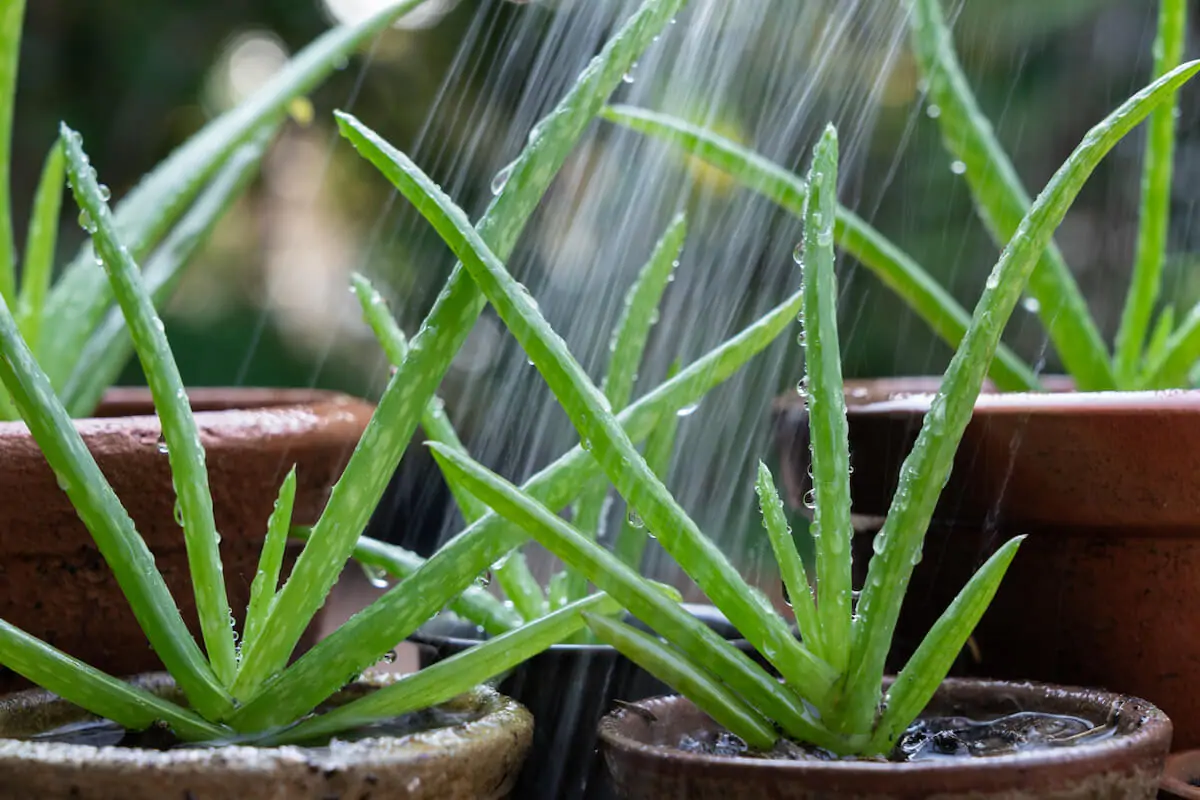
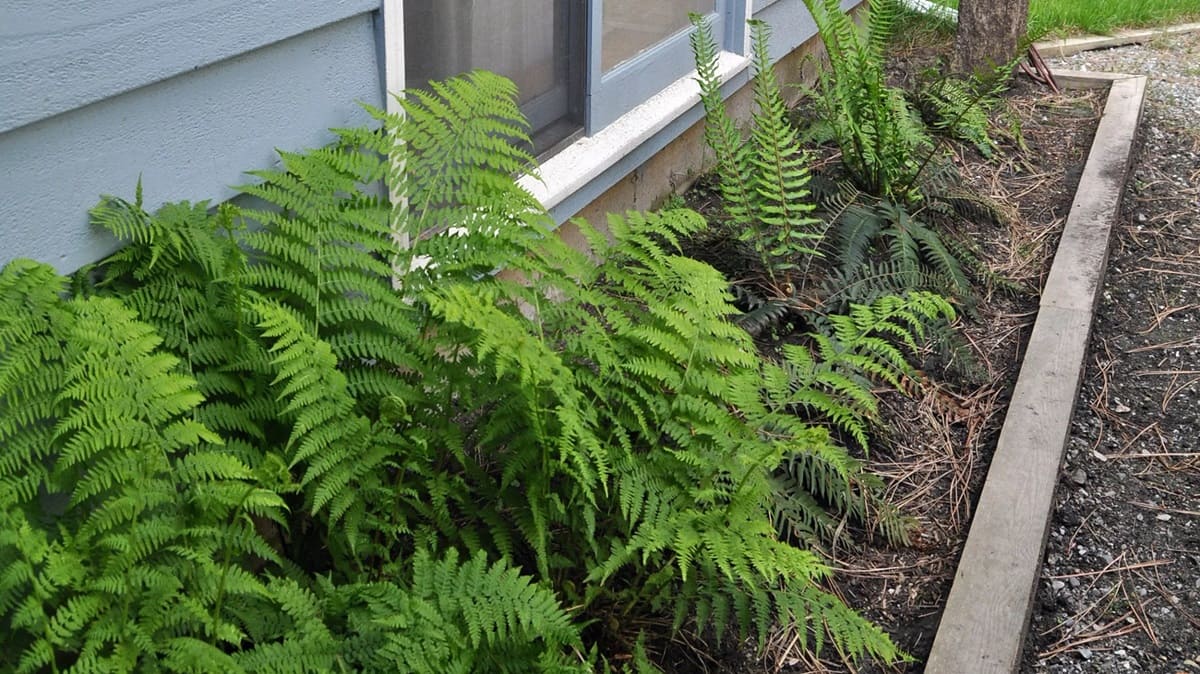
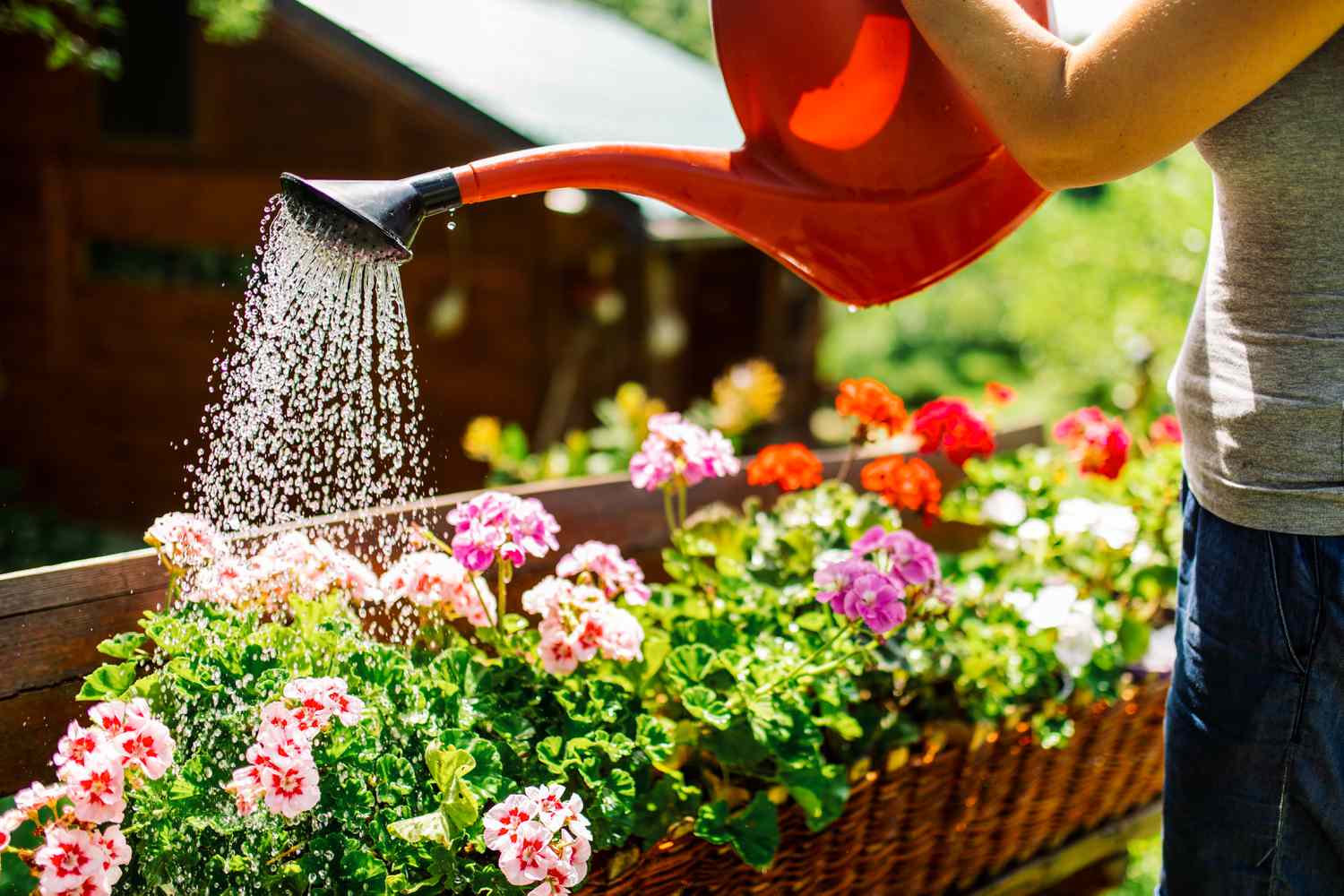


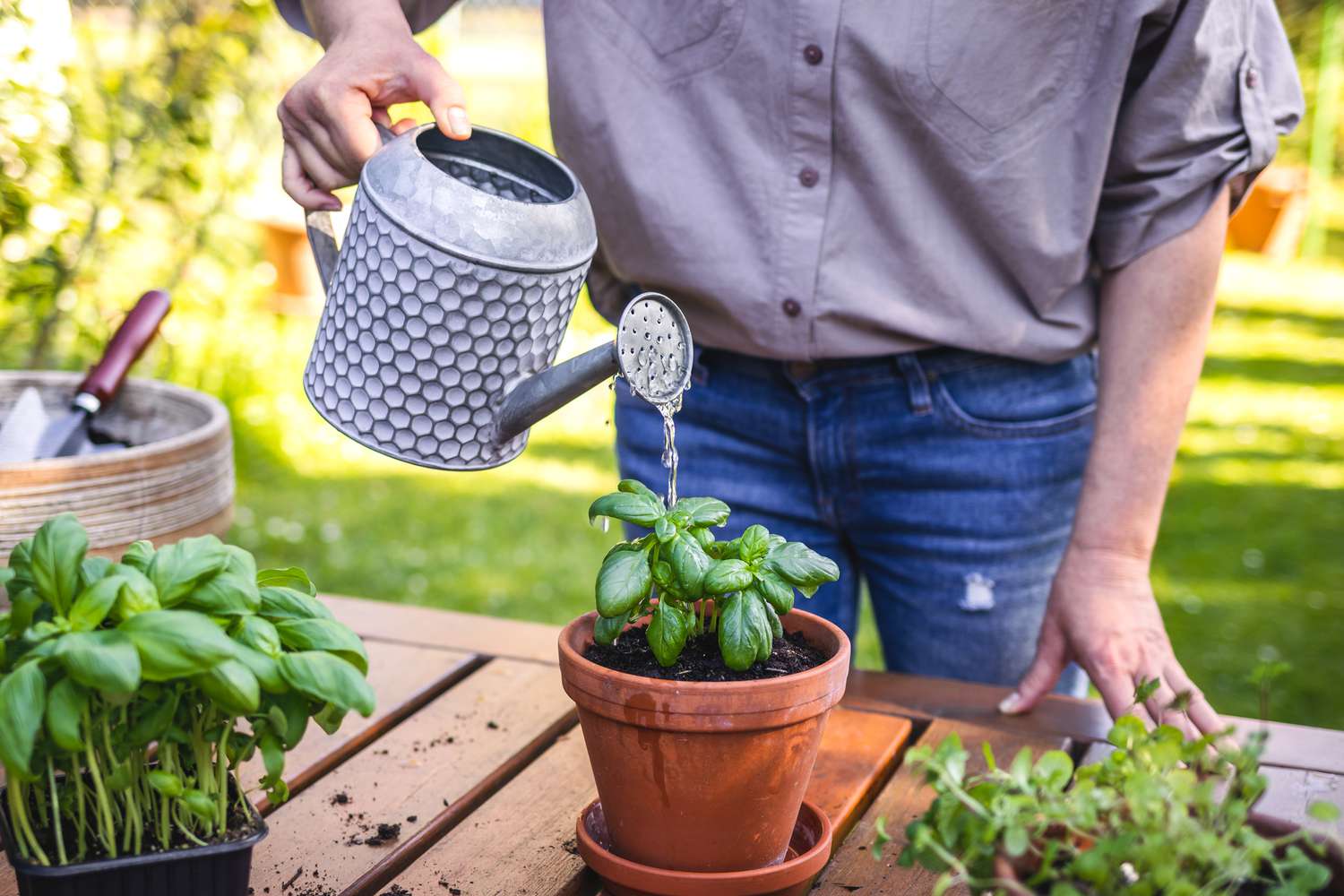
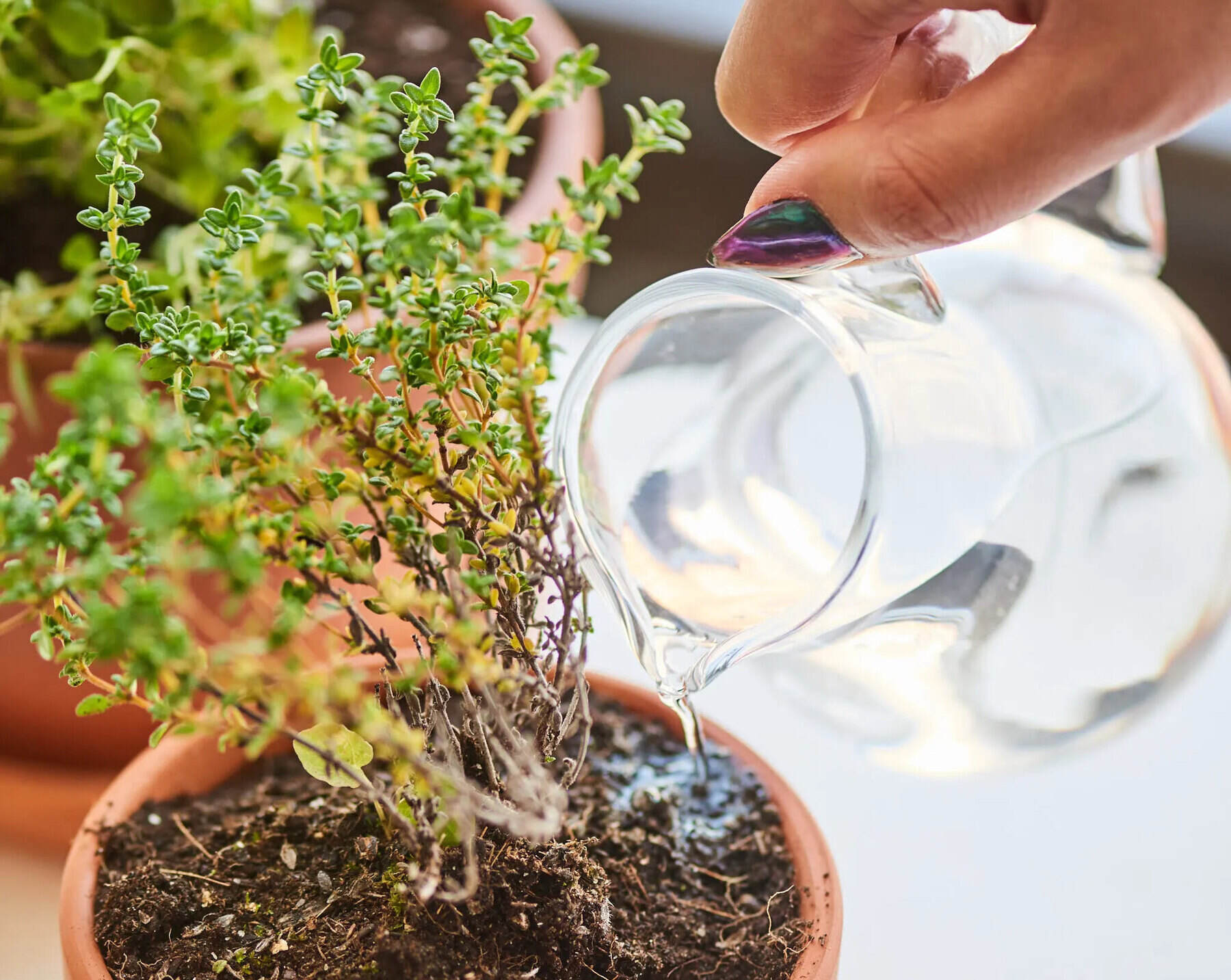
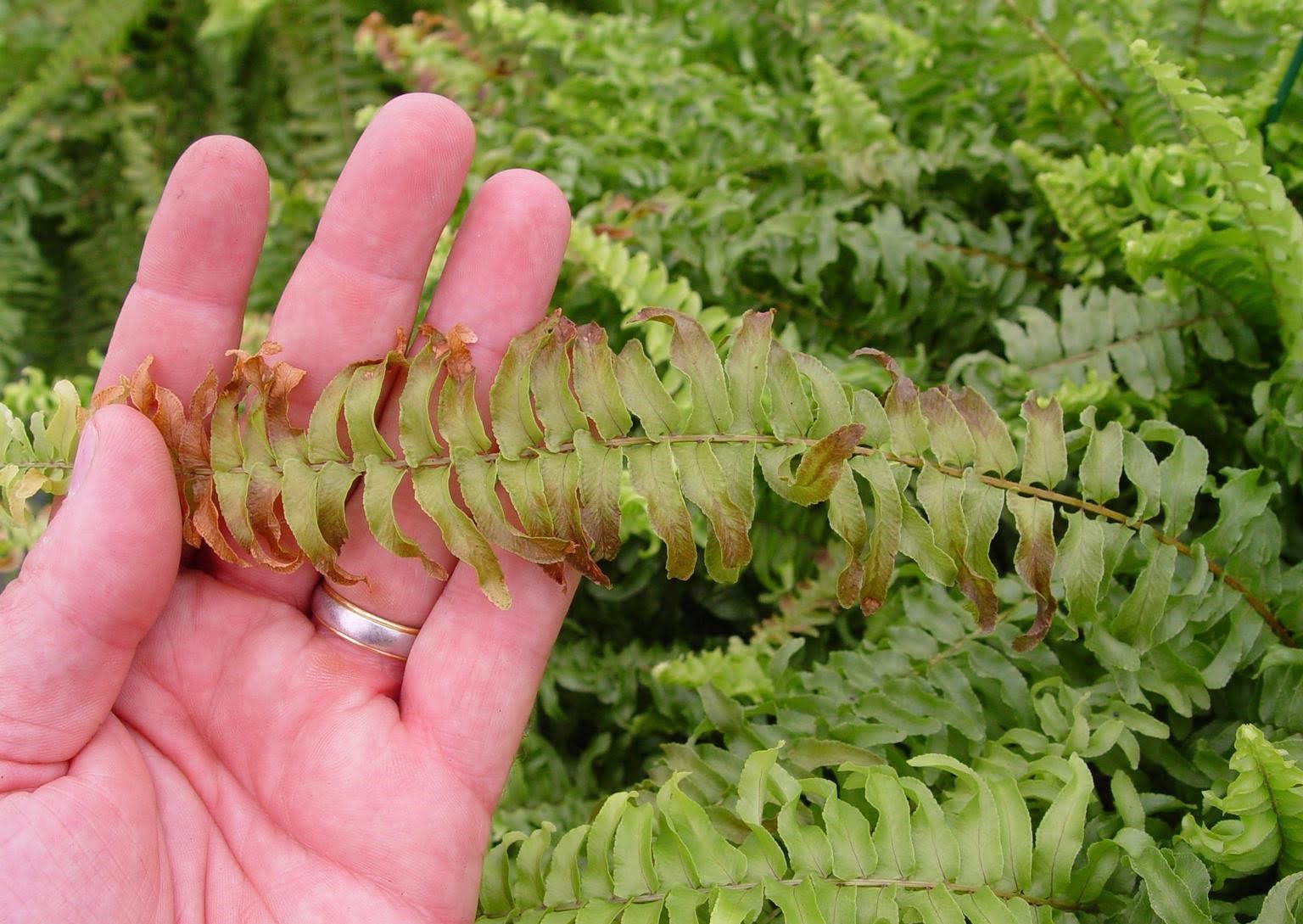
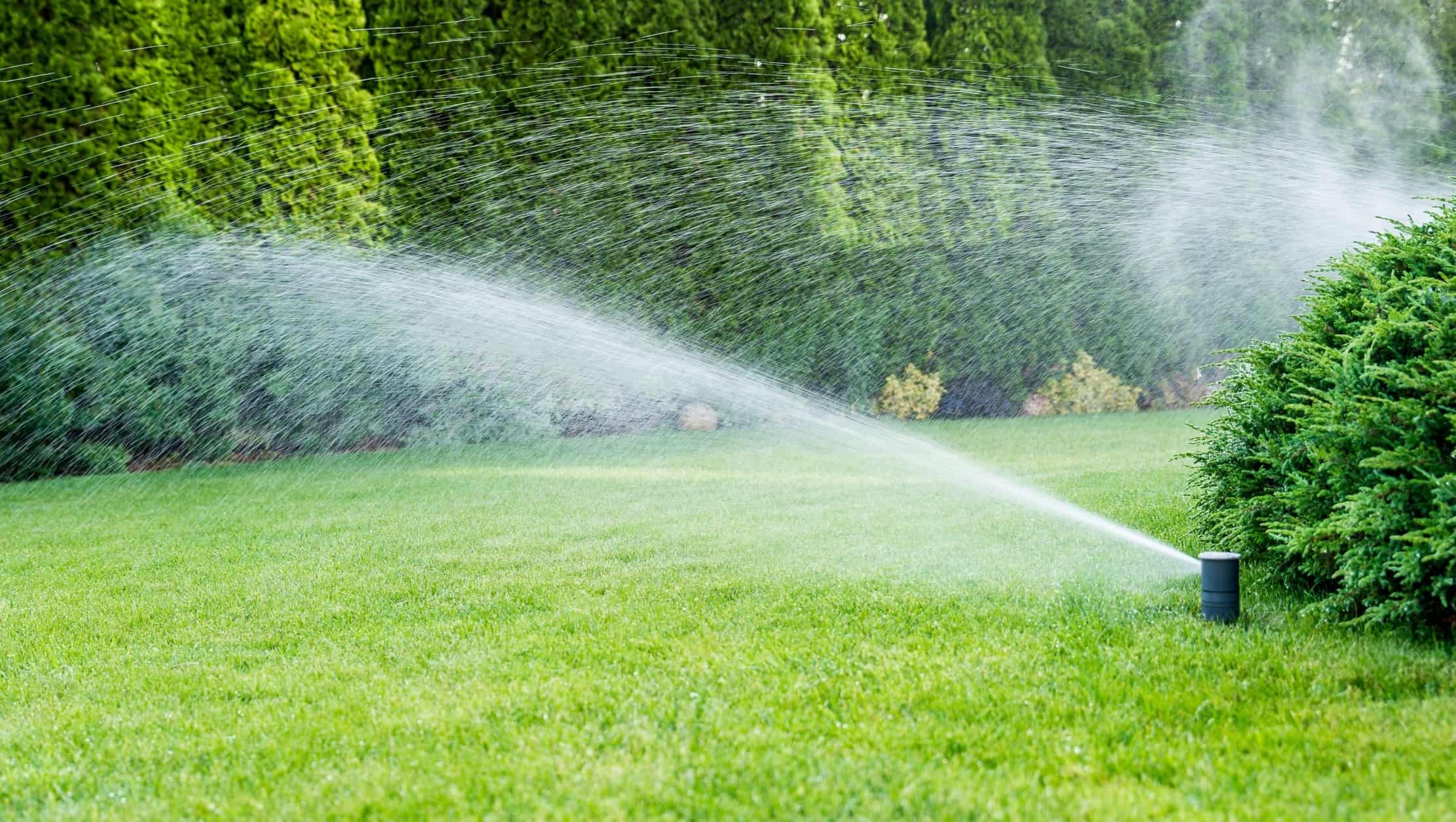

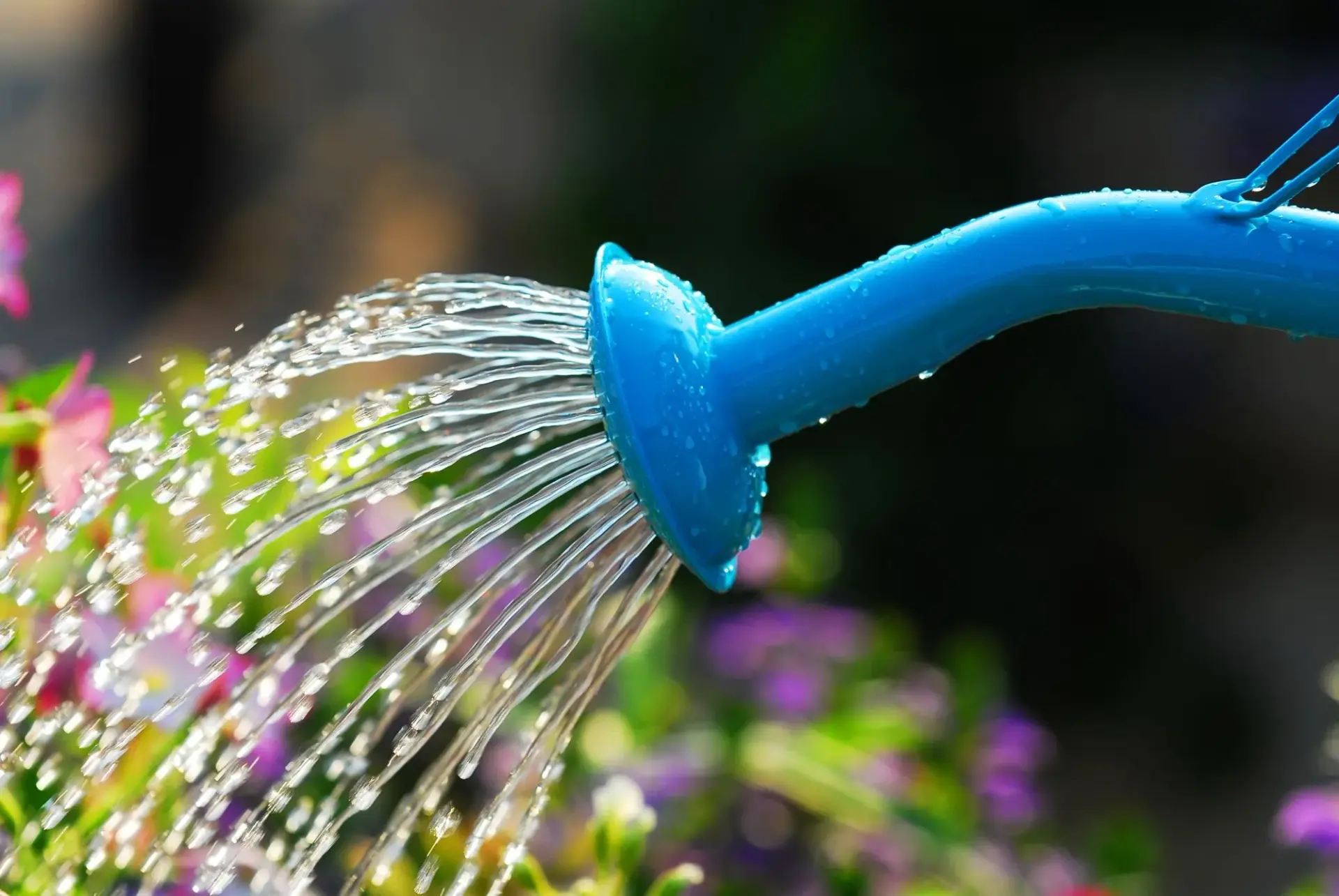
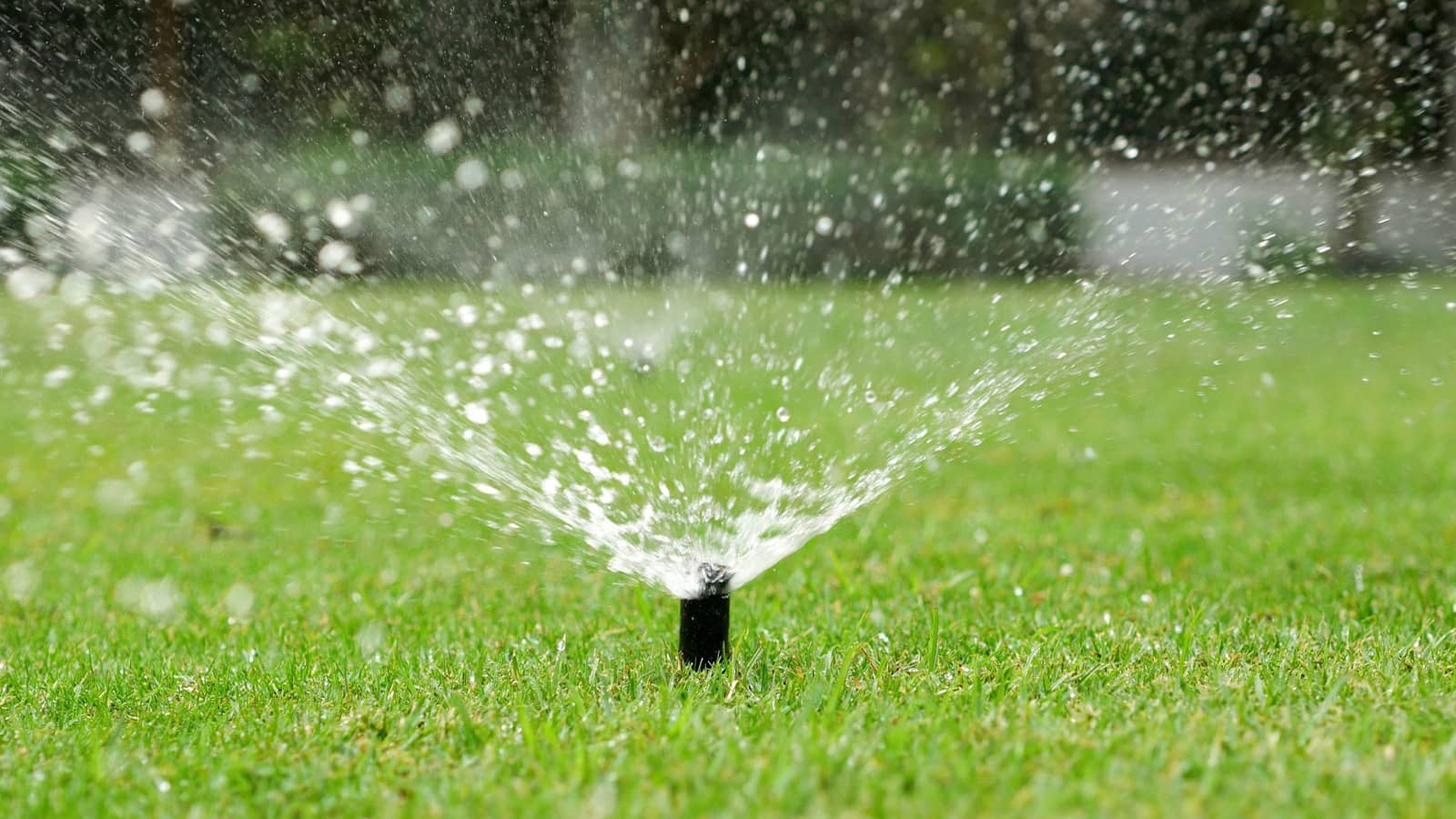

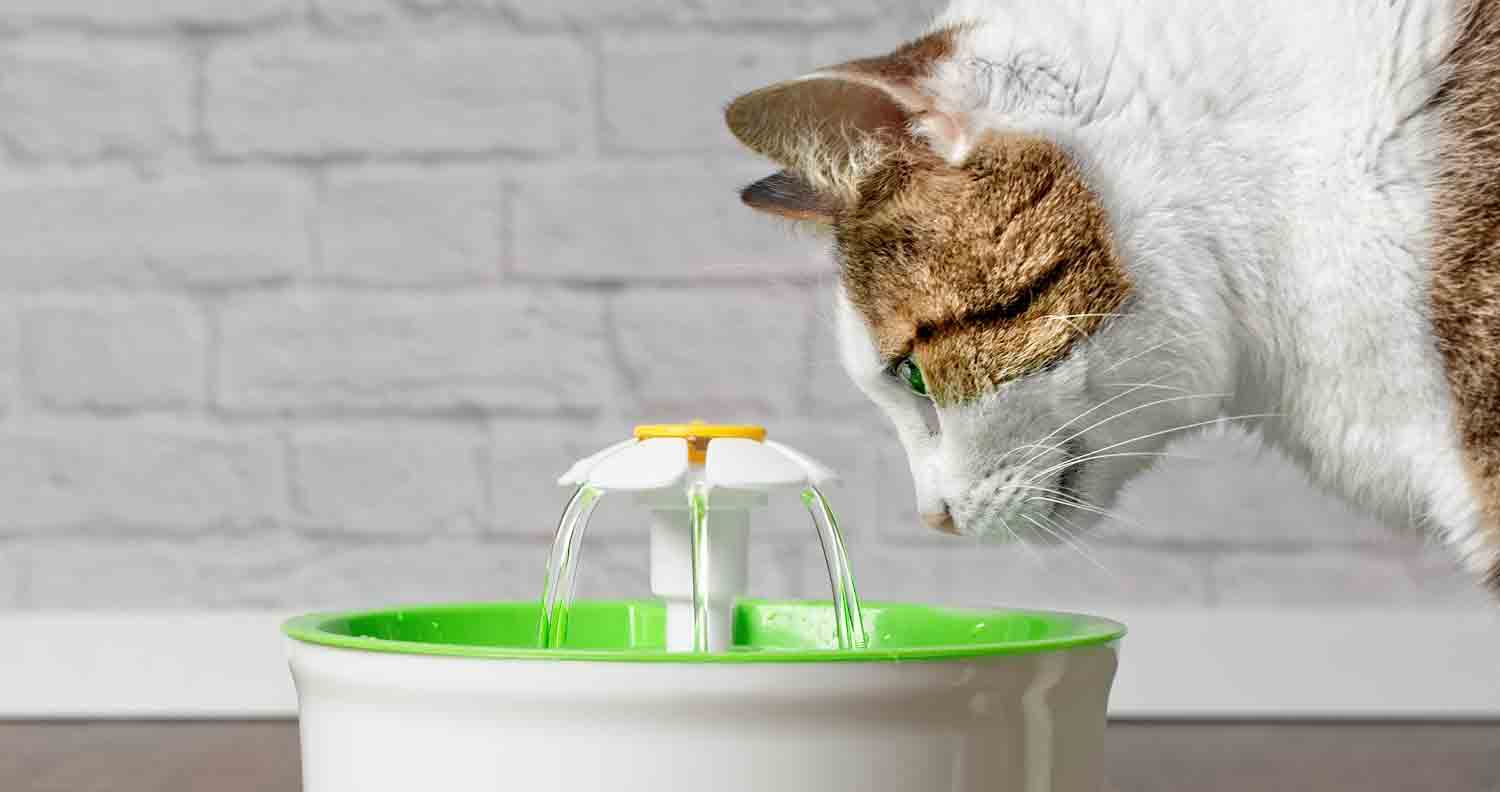

0 thoughts on “How Often To Water Outdoor Fern”